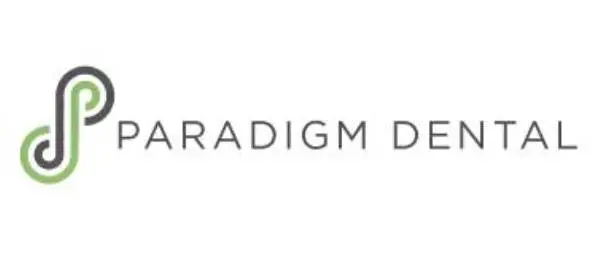Wisdom teeth are the third set of molars most people get in their late teens or early twenties. By the time you reach adulthood, these molars appear at the back of the mouth on the top and bottom jaw. Some teens and adults have enough space in their jaws for all four teeth to fit correctly and comfortably. However, many people do not have enough space to accommodate wisdom teeth. If these teeth don’t grow properly or erupt fully, they can cause complications such as pain, infection, and even damage to your other teeth and jawbones. For this reason, our dentists at Paradigm Dental will recommend wisdom teeth removal to patients who have impacted wisdom teeth to prevent these potential problems from arising in the future. Your dentist may also take X-rays of your wisdom teeth to evaluate their growth and predict if they will cause any complications in the future.
Reason for Wisdom Teeth Extractions
Impacted Wisdom Teeth
Wisdom teeth, also known as third molars, often lack the space to emerge or develop fully. Impacted wisdom teeth are trapped beneath the gum line or jawbone, causing pain, swelling, infection, and potential damage to adjacent teeth.
Crowding and Shifting of Teeth
The emergence of wisdom teeth can exert pressure on the existing teeth, causing them to become crowded or misaligned. This can affect the alignment and overall appearance of the smile. Removing the wisdom teeth can help preserve the alignment of the other teeth and prevent the need for orthodontic treatment in the future.
Infections and Abscesses
When wisdom teeth partially erupt or become impacted, they create a space where bacteria can accumulate, leading to infection and abscesses. These infections can cause significant pain, swelling, and discomfort and may require antibiotic treatment. Extracting the wisdom teeth can resolve the infection and prevent its recurrence.
The Wisdom Teeth Extraction Procedure
The dental professional will administer anesthesia on the extraction day to ensure your comfort during the procedure. Different types of anesthesia are available, including local anesthesia, sedation, or general anesthesia, depending on the complexity of the extraction and your preference. The dentist will carefully extract the wisdom teeth from their sockets using specialized instruments. They may apply gentle pressure or small movements to loosen the tooth before removal. After the wisdom teeth are extracted, the dentist or oral surgeon may place dissolvable stitches to close the incisions. They will also place sterile gauze pads over the extraction sites to help control bleeding and promote clot formation. Once the procedure is complete, you will be given instructions for post-extraction care. This may include guidelines for managing swelling, discomfort, bleeding, and diet restrictions.
Extracting impacted or partially erupted wisdom teeth can prevent dental problems, such as overcrowding, misalignment, and damage to adjacent teeth. Visit Paradigm Dental at 3970 SW Mercantile Dr., Lake Oswego, Oregon, 97035, or call (503) 626-7323 for the best dental care.







